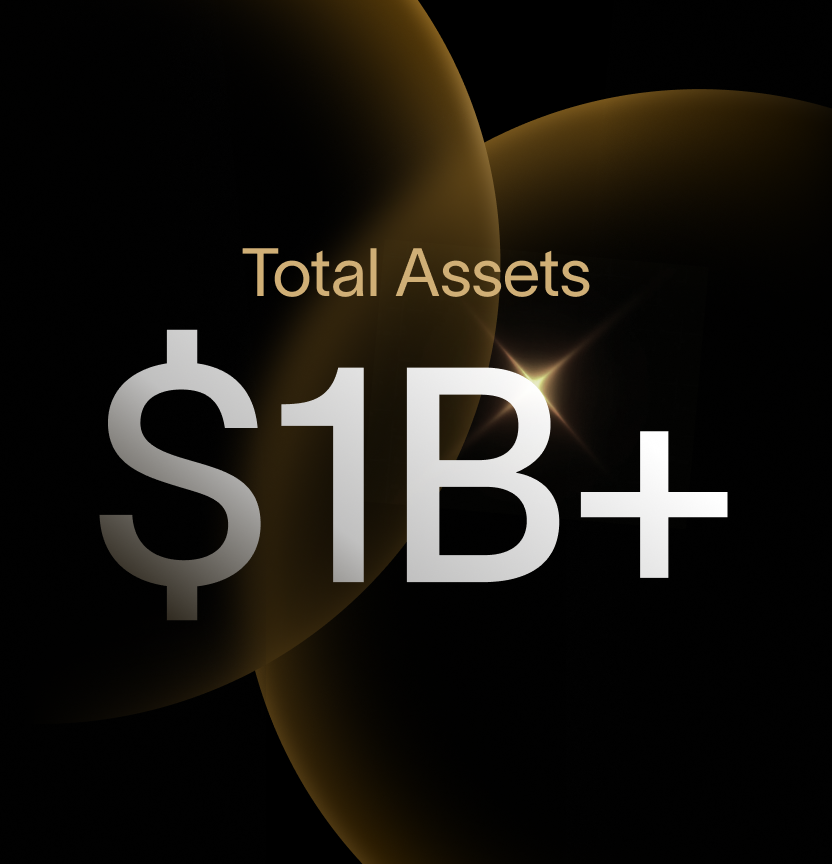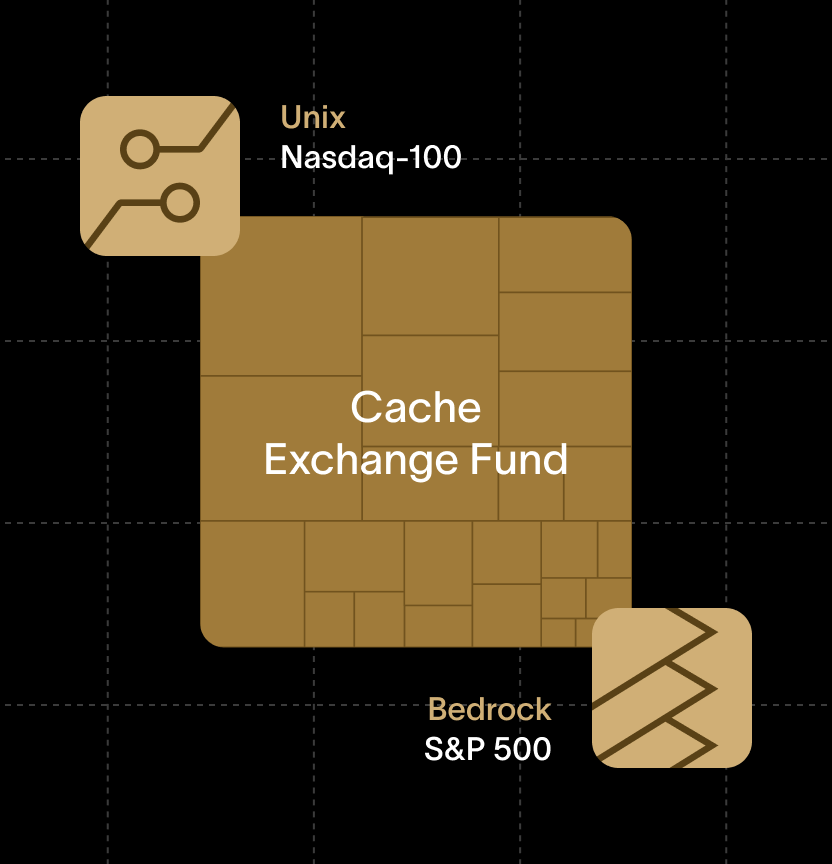Lend your stocks. Earn passive income.
If you own a significant stock position, you can monetize it with minimal risk through the Cache Stock Lending Program. We make it effortless, and pass on most of the revenue to you.



How does stock lending work?
Did you know that most brokerage firms lend out your stocks and earn revenue? This generates significant revenue amounting to billions in additional revenue for the brokerage industry, and is also known as share lending.
At Cache, we pass on most of the revenue to you.




Keep more of your money with competitive rates
We’re proud to offer one of the highest revenue splits in the industry.
How much could I make?
Stock symbol
Any Stock
Important details
Retain basic ownership rights
All the stocks you lend will still belong to you. Voting rights and qualified dividend treatment are waived to the borrower.
Get paid every month
You’ll see a monthly payment in your account at the end of the month if your stocks were lent out.
Earn dividends
Dividends are paid if you pledged stocks that pay them. Note that these are manufactured dividends, not qualified dividends, which is taxed as ordinary income.
Ample protection
All loans are backed by cash collateral from the borrower equal to 102% of the stocks borrowed, valued and adjusted daily.
Sell your stocks any time
You can sell stocks that are lent out. We automatically recall the stock and cancel the stock loan.
Common Questions
Who’s eligible for stock lending?
Our stock lending program is available for anyone holding at least $100,000 in stock at Cache. It’s a financial product designed for advanced investors who understand the risks and might not be appropriate for everyone.
Is stock lending a good idea?
If you hold a significant position in particular stocks, stock lending could be a straightforward way to earn passive income or generate alpha from these holdings. Comparing across various ways to monetize one’s holdings, stock lending has sufficient risk controls within the regulatory frameworks, and it is a well-oiled machine that has been running for decades. It also doesn’t involve extra work for you. Just opt-in and we’ll take care of the rest.
Cache offers this program in partnership with our clearing broker, Apex Clearing Corporation. Apex manages the lending activities of many other retail brokerages.
How do I know when my stocks have been lent out?
You’ll be able to view an outstanding stock loan on your dashboard. Note that stock lending is driven by demand in the markets, and we can’t ensure that we’ll be able to lend out all your particular stocks.
What if I change my mind? Can I recall an outstanding stock loan?
Yes. If you want to to sell your stock, we’ll automatically recall your stock and terminate the outstanding loan. You can also go to your Settings tab at any time and toggle off stock lending for particular stocks.
How can I enable or disable stock lending?
Open the Settings tab and toggle on or off stock lending for particular stocks.
What are the risks when I lend out my stocks?
Waived voting rights: You’ll assign the voting rights of your stocks to the borrower.
Loss of SIPC Protection: SIPC doesn’t cover stocks on loan. These loans are instead secured by a 102% collateral that can be used by the lending agent to replace stocks if the borrower is unable to return the stocks.
No guarantee of loan: If there isn’t a market demand for the stock, then your stocks might not be lent out.
Tax Implications: Dividends paid on lent stocks are manufactured dividends, not qualified dividends taxed at a preferential rate. Manufactured dividends would be taxed as ordinary income.
Borrower Default Risk: The borrower may default, including by failing to return the securities in a timely manner, or at all. In order to minimize the risk of the borrower default, each borrower is assessed by Apex and monitored over time. Apex will conduct regular borrower reviews. New transactions are systematically prevented if a borrower reaches internal limits. As an additional safeguard, Apex provides an indemnity for a shortfall in collateral in the event of a borrower default. If a shortfall were to exist between the collateral amount received and the cost to repurchase a loaned security, and that shortfall is not due to reinvestment risk, Apex will refund promptly the amount would reimburse the fund in full.
Collateral Re-Investment Risk: When cash is received as collateral, it may be reinvested in a money market fund with the objective of preserving principal and liquidity while generating income.This re-investment of cash collateral exposes a lender to various investment risks and potential loss of principal. These risks include market, liquidity and credit risks, and are not covered by Apex borrower default indemnity. Market risk is the potential for losses due to changing prices. Liquidity risk is the possibility that securities or instruments in which the cash is invested become difficult to sell or can only be sold at discounted prices. Credit risk is the potential that securities or instruments in which the cash is invested default or sell at discounted prices due to changes in credit quality.









